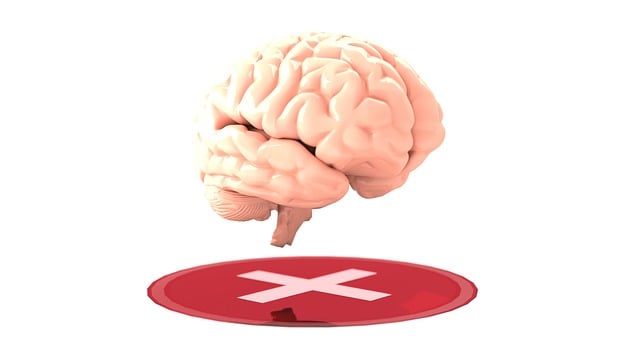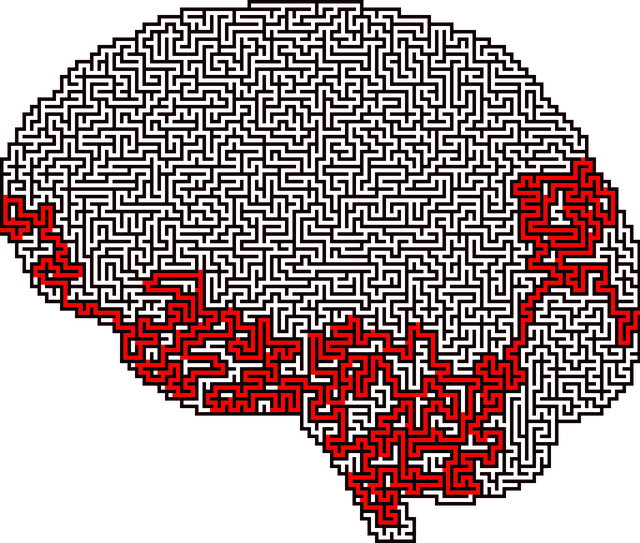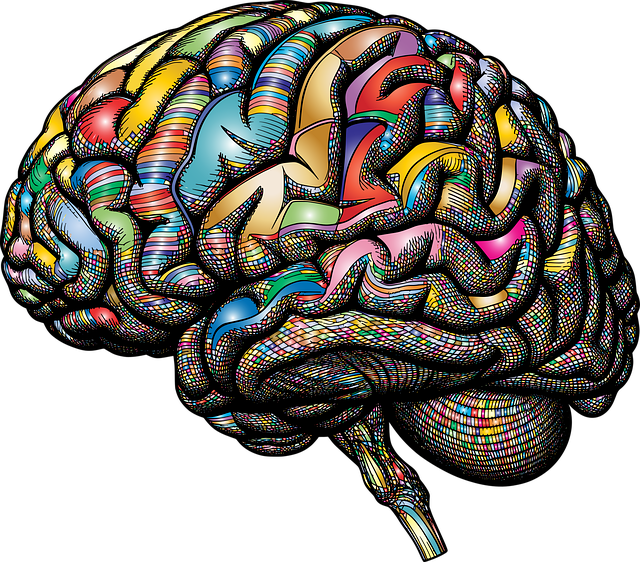To design effective Lakewood Self-Esteem Therapy, community needs assessment using local mental health data is crucial, focusing on issues like anxiety and stress among teenagers. Targeting specific audiences (adolescents, young adults, or working professionals) ensures tailored content. A structured curriculum covering stress management, emotion regulation, and conflict resolution, combined with interactive methods like role-play, workshops, webinars, and podcasts, enhances engagement. Regular assessments and feedback, powered by rigorous evaluation methods, inform curriculum optimization, ensuring the program's continued effectiveness in fostering self-esteem and mental well-being.
The Lakewood Self-Esteem Therapy program offers a holistic approach to mental health education, designed to empower individuals and foster resilience. This article explores the strategic design and implementation of the program, focusing on assessing community needs and identifying target audiences. Through a curated curriculum and innovative implementation strategies, the program aims to educate and support participants. Evaluation methods and continuous improvement processes are integral to maximizing its impact, ensuring the Lakewood Self-Esteem Therapy becomes a game-changer in mental wellness.
- Assessing the Need and Identifying Target Audiences for Lakewood Self-Esteem Therapy Program
- Curricular Design and Implementation Strategies for Effective Mental Health Education
- Evaluation Methods and Continuous Improvement for Maximizing Impact of Lakewood Self-Esteem Therapy Program
Assessing the Need and Identifying Target Audiences for Lakewood Self-Esteem Therapy Program

Before designing any mental health education program like the Lakewood Self-Esteem Therapy, assessing the community’s needs is paramount. This involves gathering data on local mental health statistics, identifying prevalent issues, and understanding unique challenges faced by residents. For instance, a survey in Lakewood might reveal high rates of anxiety and stress among teenagers, suggesting a need for programs focused on resilience building and depression prevention. By pinpointing these areas, the program can be tailored to address the most pressing concerns directly.
Identifying target audiences is another crucial step. The Lakewood Self-Esteem Therapy program could be targeted at specific groups such as adolescents, young adults, or even working professionals. Each group may require distinct approaches and content. For example, conflict resolution techniques might be beneficial for teenagers navigating peer relationships, while adults could benefit from stress management workshops. This tailored approach ensures that the program resonates with participants, increasing engagement and effectiveness in fostering self-esteem and mental well-being.
Curricular Design and Implementation Strategies for Effective Mental Health Education

A well-designed mental health education program should incorporate a structured curriculum that addresses various aspects of psychological wellbeing. This includes modules on stress management, emotion regulation, and communication skills such as conflict resolution techniques. By integrating these topics into the core structure, students can develop effective coping strategies to mitigate burnout prevention, a prevalent concern among many young adults. The program’s implementation should encourage active learning through interactive discussions, group activities, and case studies related to real-life scenarios. For instance, incorporating Lakewood Self-Esteem Therapy techniques in role-play exercises can foster self-awareness and build resilience.
To enhance engagement and accessibility, consider diverse delivery methods like workshops, online webinars, or even a Mental Wellness Podcast Series Production. These platforms allow for flexible learning, accommodating different learning styles. Regular assessments and feedback sessions are essential to gauge the program’s effectiveness. By combining theoretical knowledge with practical applications, the curriculum ensures that students not only understand mental health concepts but also feel empowered to apply them in their daily lives, fostering a more resilient and supportive community.
Evaluation Methods and Continuous Improvement for Maximizing Impact of Lakewood Self-Esteem Therapy Program

The success of any mental health program, particularly Lakewood Self-Esteem Therapy, lies in its ability to adapt and improve based on continuous evaluation. Implementing robust evaluation methods is essential for understanding the program’s impact and identifying areas for enhancement. This includes pre-and post-program assessments to measure participants’ self-esteem levels, along with qualitative feedback through surveys and interviews. Observational techniques can also offer insights into the practical application of learned skills, such as social interaction during group activities or stress management in daily life.
By collecting and analyzing these data, the program’s facilitators can make informed decisions about future iterations. For instance, if Social Skills Training is found to be particularly beneficial, the curriculum can be optimized to include more interactive exercises. Similarly, incorporating Compassion Cultivation Practices might enhance overall well-being, prompting the organization to expand these workshops. Regular evaluation ensures that Lakewood Self-Esteem Therapy remains effective and aligned with participants’ evolving needs, maximizing its impact over time.
The Lakewood Self-Esteem Therapy program’s success hinges on a holistic approach to mental health education. By understanding the need and tailoring curricula to specific audiences, this initiative can effectively empower individuals. Implementing strategic teaching methods and utilizing evaluation tools for continuous improvement will ensure the program’s longevity and maximize its impact on participants’ self-esteem and overall well-being. This structured design aims to create a positive and inclusive environment, fostering long-lasting behavioral changes within the community.













